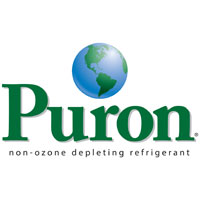Whether you want to minimize the effect of humidity on your air conditioning system or reduce energy consumption without sacrificing comfort, you need a reliable thermostat. Thanks to modern technology, you have two viable alternatives to old-school manual models: programmable and smart thermostats.
Similarities
A programmable thermostat is a device that allows you to set your comfort preferences in advance. In other words, you can set it to adjust the temperature levels your HVAC system aims to achieve throughout the day and week.
Its programmability eliminates the need to manually change the setting whenever you want to adjust your heating or cooling output. A smart thermostat shares the same feature.
However, they do first have to be manually programmed. Using either model the way you use an analog thermostat defeats the purpose of having them.
Also, programmable and smart thermostats are not compatible with every HVAC system. You’ll need to consult a qualified technician before upgrading your current device.
Differences
What makes smart thermostats so special is that they can talk to other electronic devices via the internet, enabling remote access. The main selling point of their programmable counterparts is just their basic functionality.
Since you can link a smart thermostat to your electronics, you can gather valuable information about your HVAC system with an app, through which you can generate reports showing your energy consumption and receive maintenance alerts.
Having the Right HVAC System Can Lessen the Effect of Humidity
If your main goal is to mitigate the effect of humidity on your air conditioning system, you probably don’t need a smart thermostat. A programmable device along with a dehumidifier may suffice to optimize the efficiency of your cooling unit and improve your indoor air quality.
To discuss your HVAC needs, call McMaster Heating and Air Conditioning at (949) 481-7995. We’ll provide a free estimate on your next replacement project.














